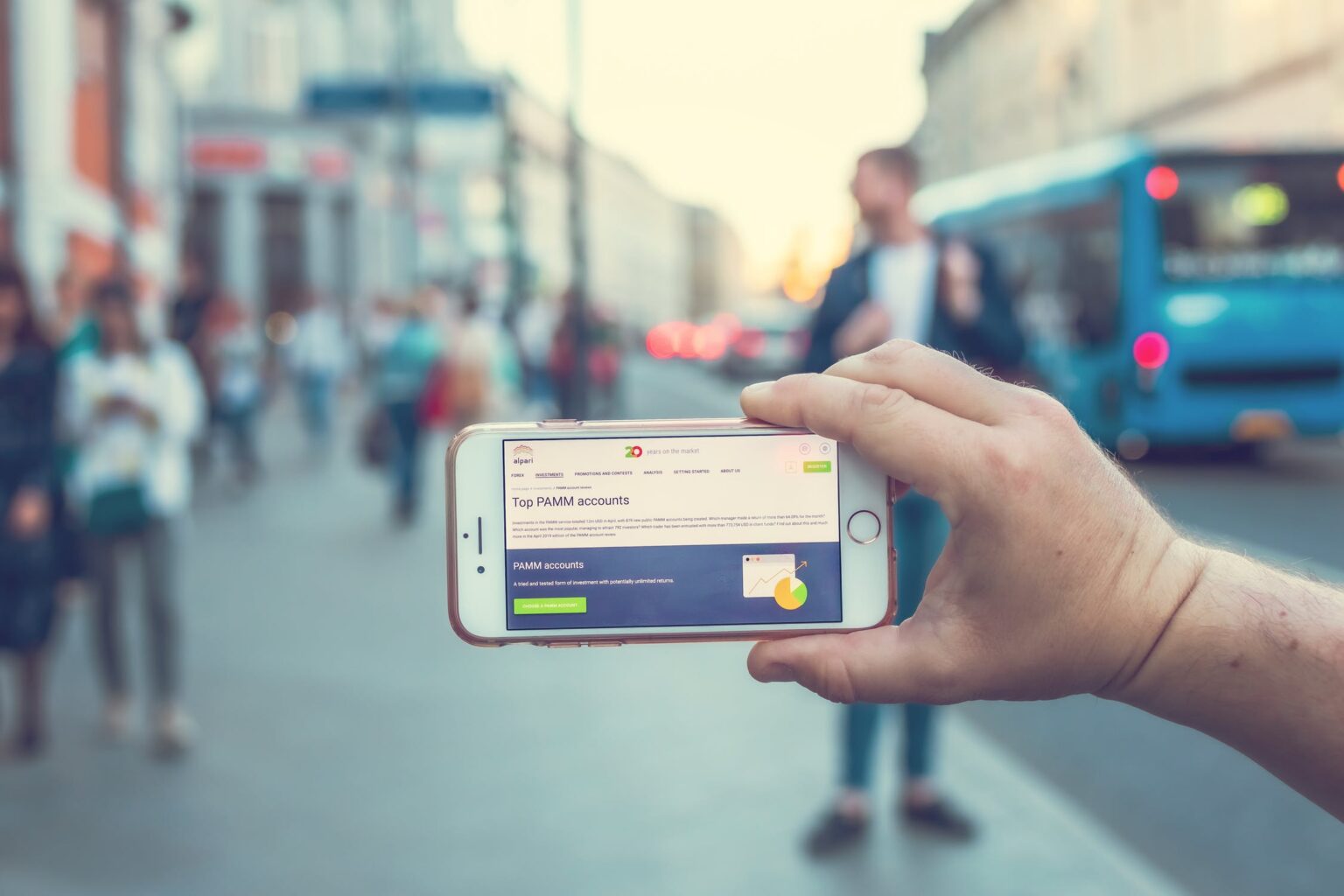Imagine a city has everything that it takes to be called as a smart city; the basic amenities, physical infrastructure, well-planned governance institution and all. Can the city be still termed as a smart city?
A city needs a better social engagement. It indicates a development planning of social infrastructure. People’s participation creates a wider scope for smart city development process. Let’s take a closer look at the sectors that create the threshold of social infrastructure; without which no city can be developed as a smart city.
- Education – In order to improve the student’s level of education and understanding, the concept of smart classroom has become extremely important. Nowadays the classrooms are designed to provide adequate information and knowledge. It is built in such a way that students gather and finds it extremely interesting and engaging. If teachers wish to monitor in real-time the level of their student’s interest, they can collect on the class, department and university. It will help the teachers to monitor and respond to the class level of interest. The various aspects in the classroom will help department or university to understand how various are correlated with the level of attention. The collected data will also help to compare the level of interest in different universities in order to improve their performance by cooperation between the universities. It will also encourage the student to look at their performance and improve wherever it is required.
- Healthcare – Healthcare and good healthcare facilities is the most important factors as far as developing the social infrastructure is concerned. In the recent past health sector has advanced, but with increasing population and busy urban lifestyle restricts to efficiently cater every person’s healthcare needs. So, to meet the pace of fast and busy lifestyle healthcare has combined with smart technology. Numerous devices have been built to encourage people to maintain their good health and wellbeing. The market now has smart wearable devices like fitness trackers or fitness bands and even health assessment apps in smartphones to people constantly monitor their health and remain fit always. These technologies are well-equipped to collect data that can be later analysed by doctors, researchers and health care professionals for better and personalised diagnosis and solutions for your health. The digital records save cost and time of both patients and hospitals as well.
- Entertainment – Entertainment and smart city tourism helps in contributing to the economical growth of a city and country. There are increase in employment level as well that helps to create opportunities for retailers and restaurant owner. As the visitors visit your place and the number increase, there is a need of effective management services. The technologies like smart ticketing services and the security services are coming into place that can help in the growth and improvement of places of entertainment. Popular places and events like musical festivals, culture and heritage, sports events, parks and tourists’ spots would get better response. The manage the crowd management systems have adopted the magnificent technology for the development of social development.
- Inclusive Planning – The basic component of a smart city is its nature of inclusive, which often goes unnoticed towards the urban design and development. As a part of smart city initiative, one needs to prioritize inclusivity. Children, older people, women, ethnic minorities, the disabled, the mentally and physically ill, and people with low household incomes are often seen being excluded from urban design and development. As a common feeling, most believe that they are unable to fully enjoy or participate in civic urban life or the processes that shape it. It is a part of smart city programme change the city for better tomorrow and diminish the existing inequalities. The smart technical support of Artificial Intelligence has built active programmes towards plan and initiative of smart city development. The social and digital inclusion programmes and ended the age-old tradition and has encouraged diversity and inclusivity. Even if the policies have yet not reformed but the prospect of technology towards smart city planning is truly inclusive.
- Building Homes – As the hardware technologies and smart environments have advanced and became a reality, the vision and dreams of smart homes and buildings have now become a real story. Buildings like airports, hospitals or university campuses are already equipped with the latest technologies and facilities. There are a multitude of mobile terminals, embedded devices as well as connected sensors and actuators available in these buildings as well as in homes. Some activities which were already planned for developing the “Smart City” uses the opportunities provided by pervasive computing technologies to help the people. Smart environment plays an important role to cope up with the challenges of urbanization and demographic changes like sustainability, energy distribution, mobility, health or public safety and security. It gives rise to business prospects like large industrial supplier of infrastructures and solutions. A focus is to setup and energy efficient operation of smart infrastructures and data centres. The autonomic computing principles like self-configuration, self-healing, self-protection, and self-optimization are distributed in the social infrastructure planning. With all these improvements it will be never unfair to say that IT system architecture are giving rise to sustainable development and operation of smart environments.



